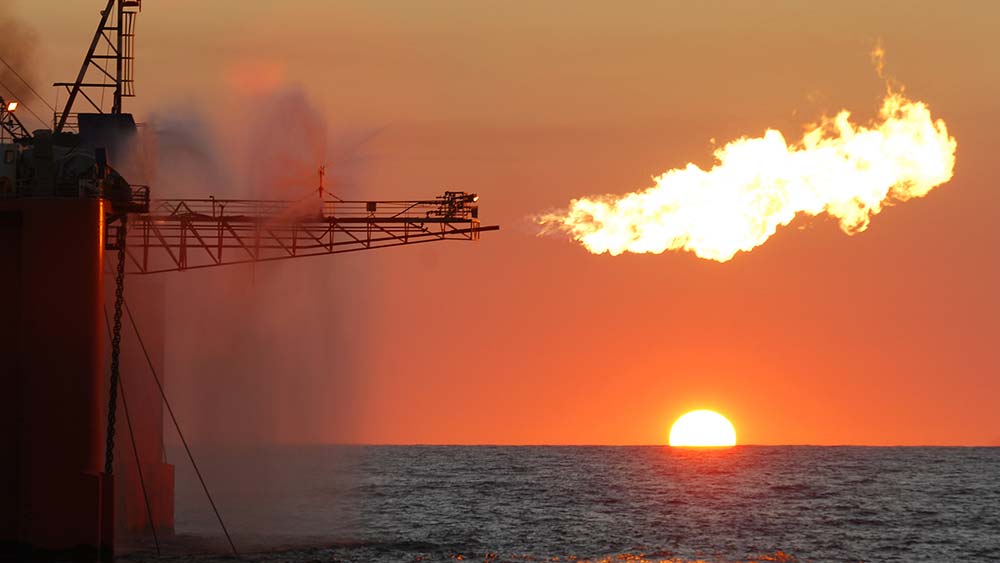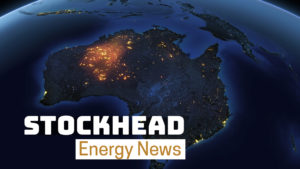LNG is now 10pc of our total exports; and China’s catching up with our largest buyer

(Pic: Getty Images)
EnergyQuest’s latest LNG report has shown our LNG market is booming.
Japan is still our largest buyer, importing 39 per cent of our exports (29.5 million tonnes). But China is closing the gap, buying 27.2 million tonnes or 36 per cent.
This was 46 per cent of China’s LNG and Australia is China’s largest supplier. The next largest, Qatar, only accounted for 8.8 million tonnes.
- Subscribe to our daily newsletter
- Join our small cap Facebook group
- Follow us on Facebook or Twitter
Our third largest market was Korea, which took 10 per cent of our exports – 7.6 million tonnes. Qatar and the US both exported more to Korea than Australia.
In July Australia shipped 102 cargoes – a record and up 13 per cent from June. LNG firms exported 7 million tonnes of LNG which was also a record.
A strength and a weakness
So overall, 85 per cent of our LNG exports go to these three countries. The report said it was both a strength and a weakness.
“A strength because North Asia is the world’s largest and fastest growing LNG market but a weakness because of the lack of diversification and the risks this involves,” it said.
“Not only is Australia exposed to a few countries, China and Japan in particular are also heavily exposed to Australia and this may place a ceiling on future contracts.”
China’s three largest oil companies, CNOOC, Sinopec and PetroChina, all have financial interests in Queensland gas, with QCLNG, APLNG and Arrow Energy respectively.
Despite this, EnergyQuest warned any moves by the federal government to trigger the ADGSM (Australian Domestic Gas Security Mechanism) or introduce domestic gas reservation “will have to be handled with great sensitivity”.
The Morrison government is examining the latter, specifically drawing on Western Australia as an example where 15 per cent of gas from new projects goes to domestic consumers.
However, WA’s policy has has not prevented it from earning more than double the export revenue of Queensland ($2.5 billion compared to $1.2 billion).
UNLOCK INSIGHTS
Discover the untold stories of emerging ASX stocks.
Daily news and expert analysis, it's free to subscribe.
By proceeding, you confirm you understand that we handle personal information in accordance with our Privacy Policy.








